In the marine and estuarine environments, the main source of energy is the Sun (although hydrothermal vent community may be treated as exception) which charges the freefloating producers of the ecosystem, the pelagic phytoplankton to provide energy to different biotic communities existing in the every oscillating fluid environment of the earth. Many photosynthetic protests and other small photosynthetic organisms (cyanobacteria and some of the groups of multicellular algae) are members of the marine phytoplankton-the autotrophs that occupy the photic zone of ocean water column. They are ecologically important as the ultimate source of food for aquatic animals and hence their oxidation in the animal cell provides all the marine animals the required energy to perform their various life processes. Phytoplankton need light for converting solar energy into other utilizable forms of energy, but because light is absorbed rapidly as it passes through water, phytoplankton can survive only in the illuminated layer of the water. Some phytoplankton retain their favourable position by using flagella to swim upward, others have projections that act as water wings increasing their surface resistance and enabling them to stay afloat, still others store their extra food as oil rather than starch to get an advantage in terms of buoyancy.
Introduction to Marine Phytoplankton
In stock
Free & Quick Delivery Worldwide
reviews
Bibliographic information
Title
Introduction to Marine Phytoplankton
Author
Edition
1st ed.
Publisher
ISBN
8185375135
Length
x+138p., Tables; Figures; References; 23cm.
Subjects

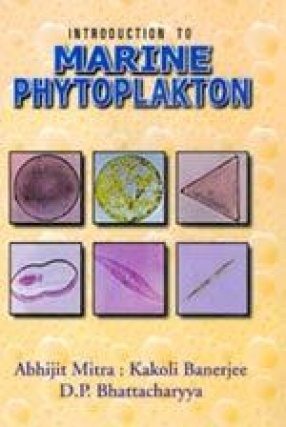
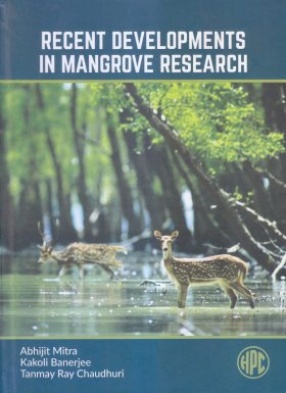
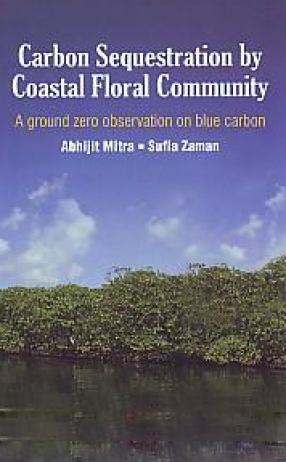

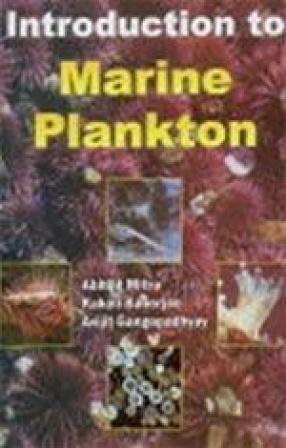
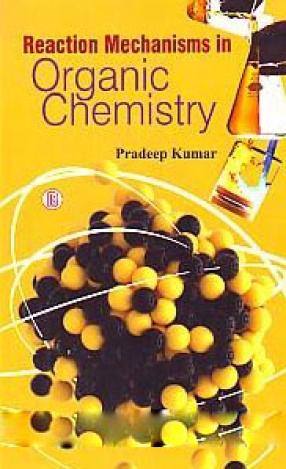

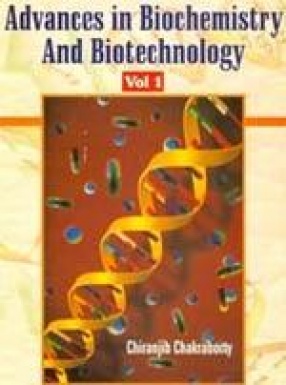
There are no reviews yet.